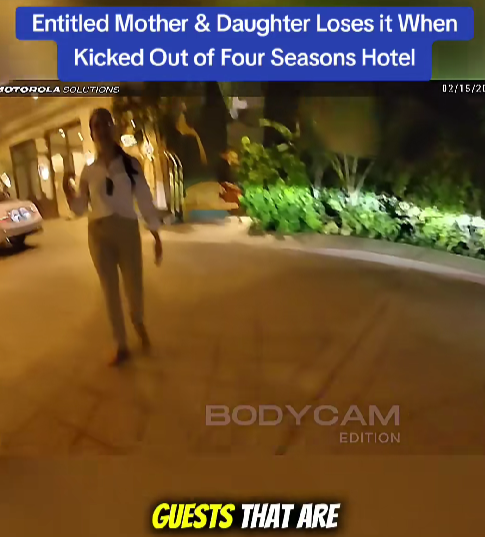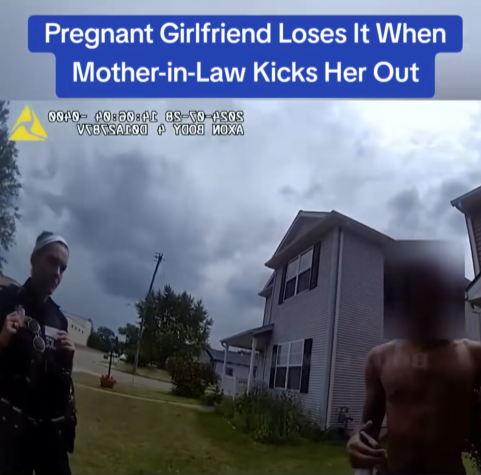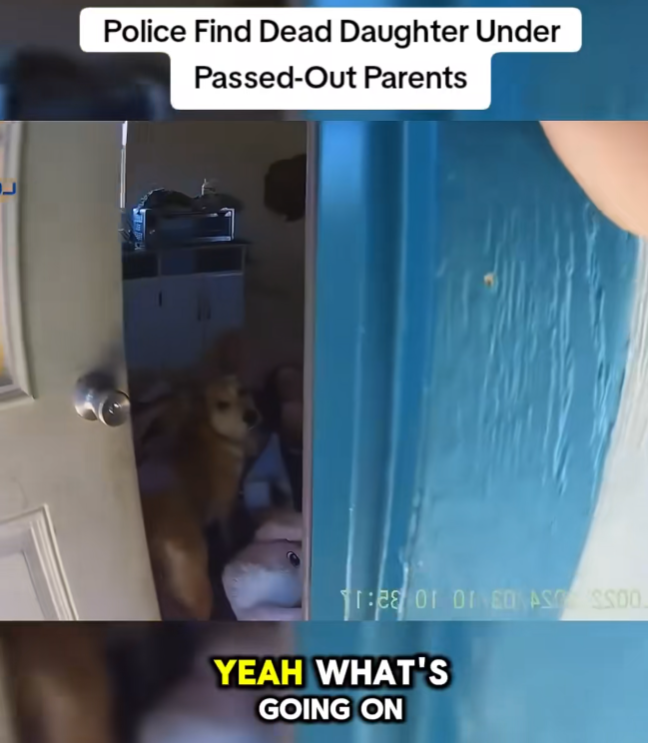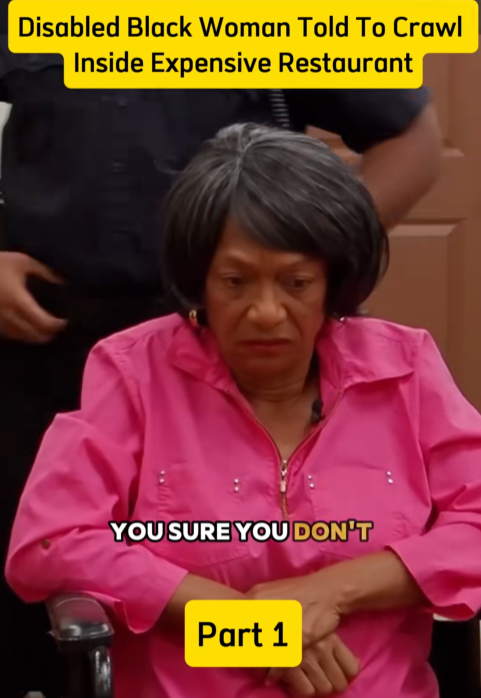In a courtroom where no nonsense survives for more than a few seconds, a police officer and a civilian found themselves standing before the one judge who refuses to be manipulated: Judge Judy. What unfolded next was a dramatic back-and-forth that left viewers stunned, the officer frustrated, and the civilian fighting to prove they weren’t lying.
The case began when a civilian filed a complaint against a police officer, claiming the officer mistreated them during a routine interaction. According to the civilian, the officer acted aggressively, used inappropriate language, and escalated a harmless situation for no reason. The complaint eventually made its way to court — but the officer insisted the whole thing was fabricated.
Judge Judy opened the hearing with her trademark intensity. She warned both parties that she did not have time for games, embellishments, or emotional theatrics. “Just the facts,” she demanded. And with that, the courtroom showdown began.
The officer presented his argument first, stating that the civilian’s complaint was not only exaggerated but completely false. He insisted he had followed protocol at every step and suggested the civilian filed the complaint simply because they were unhappy with the outcome of the encounter. But Judge Judy wasn’t interested in feelings — she wanted details, dates, and facts.
When the civilian took the stand, the energy shifted instantly. They maintained that the officer approached them with unnecessary hostility. They claimed they felt intimidated and believed the officer abused his authority. Judge Judy listened carefully, watching every expression, every pause, and every tiny inconsistency — something she has mastered over decades.
As each side spoke, tensions grew. The officer became visibly irritated when Judy pressed him for exact wording and sequence of events. He attempted to generalize, glossing over the specifics. Judge Judy stopped him immediately, reminding him that she, not he, controlled the courtroom. The civilian, meanwhile, tried to give emotional explanations, but Judy cut through those as well, demanding only what could be proven.
Then came the turning point.
Judge Judy asked one simple question — a question neither party expected — and the officer stumbled. Suddenly, the timeline he had insisted was airtight didn’t line up. His description of the initial interaction contradicted a detail he’d confidently stated moments earlier. The courtroom fell silent as Judge Judy leaned forward with that unmistakable expression that means someone is in trouble.
“You can’t have it both ways,” she snapped. “Either your timeline is correct or your actions are. They cannot contradict each other.”
The officer attempted to recover, but it was too late. Judge Judy had already spotted the inconsistency and wasn’t letting go. The civilian watched in cautious relief as the judge continued to dissect the officer’s statements piece by piece.
By the end of the episode, the audience was left with more questions than answers — and Judge Judy hinted that this situation was far from over.











Leave a Reply